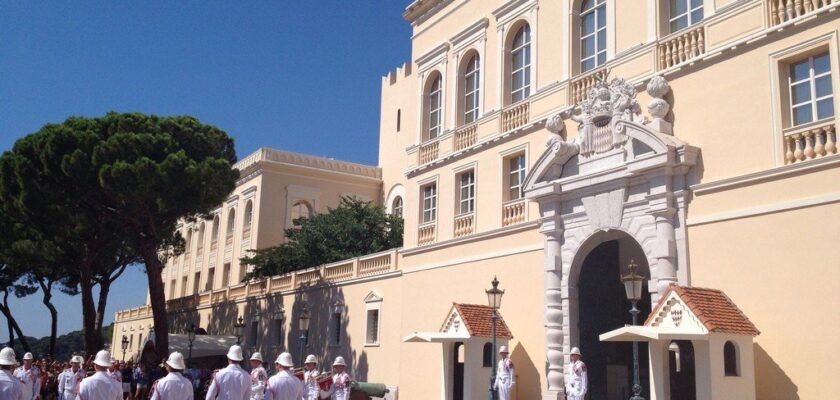Princely Palace in Monaco
The Princely Palace of Monaco, the official residence of the Grimaldi family since 1297, stands on the flat top of a rocky cliff that rises 60 meters above sea level. The medieval fortress, built on this site by the Genoese as early as 1191, had become one of the most luxurious palaces in Europe by the 17th century. During the French Revolution, the palace was looted and the art collection of Prince Honoré II was lost. During the Revolution, the palace housed a hospital for soldiers of the Italian army.
.The palace is also unique in that, unlike other European palaces, it was the only residence of the Princes of Monaco for more than seven centuries, so the financial and political position of the House of Grimaldi is directly reflected in the architecture.
The palace is also unique in that, unlike other European palaces, it was the only residence of the Princes of Monaco for more than seven centuries.In 1997, the Grimaldis celebrated 700 years of their rule of Monaco in the palace. When the Prince of Monaco is in the palace, the princely standard flies over St. Mary’s Tower.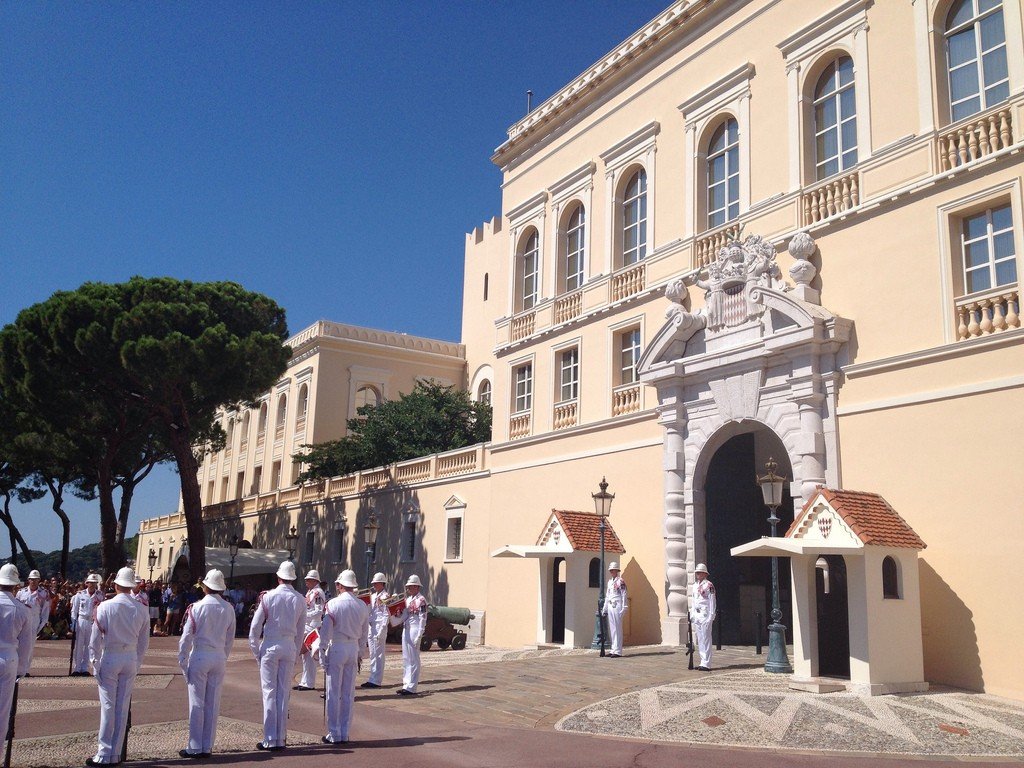
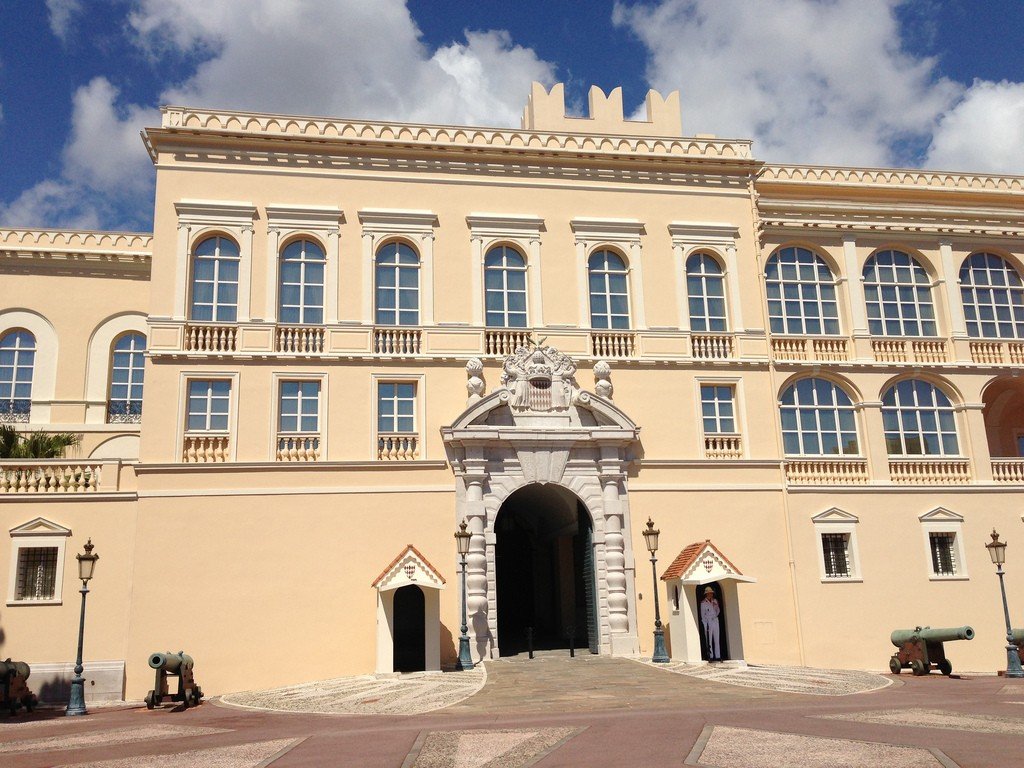
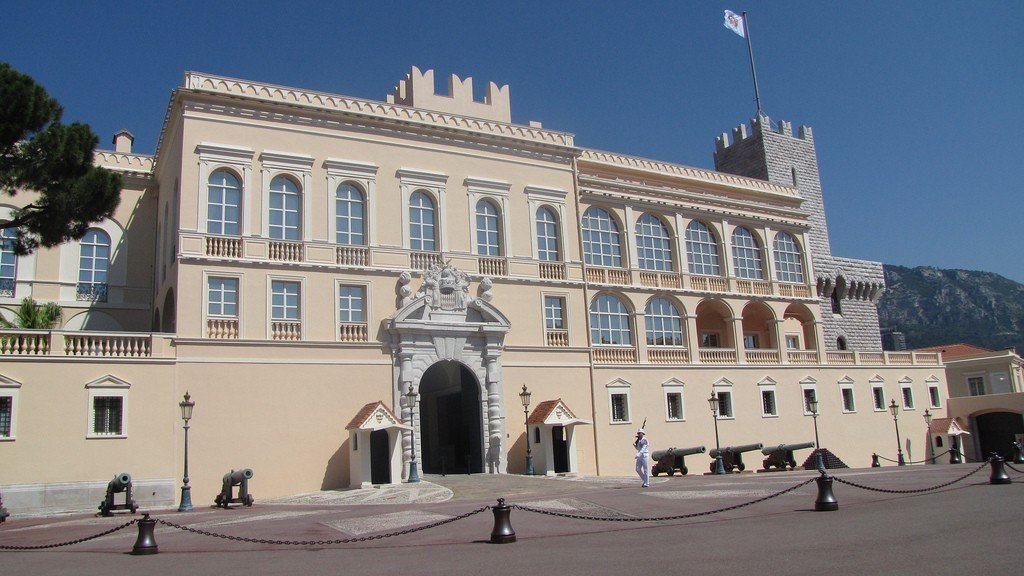
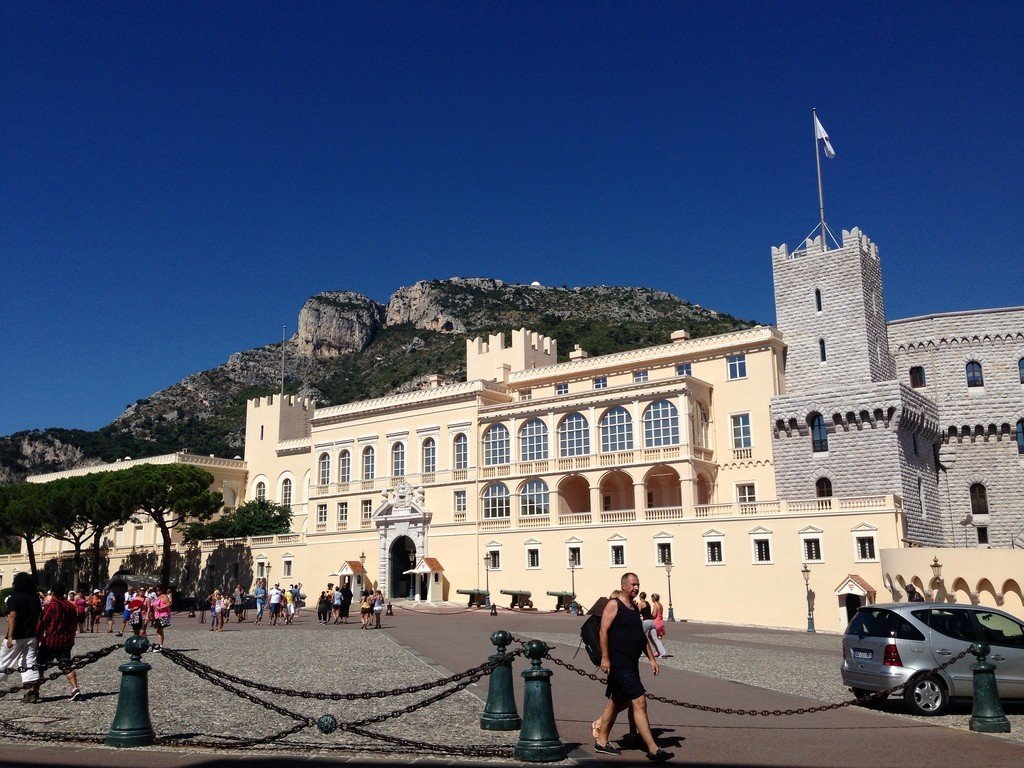
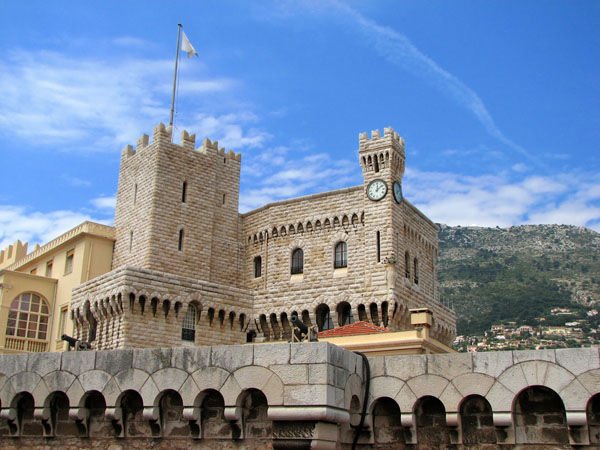
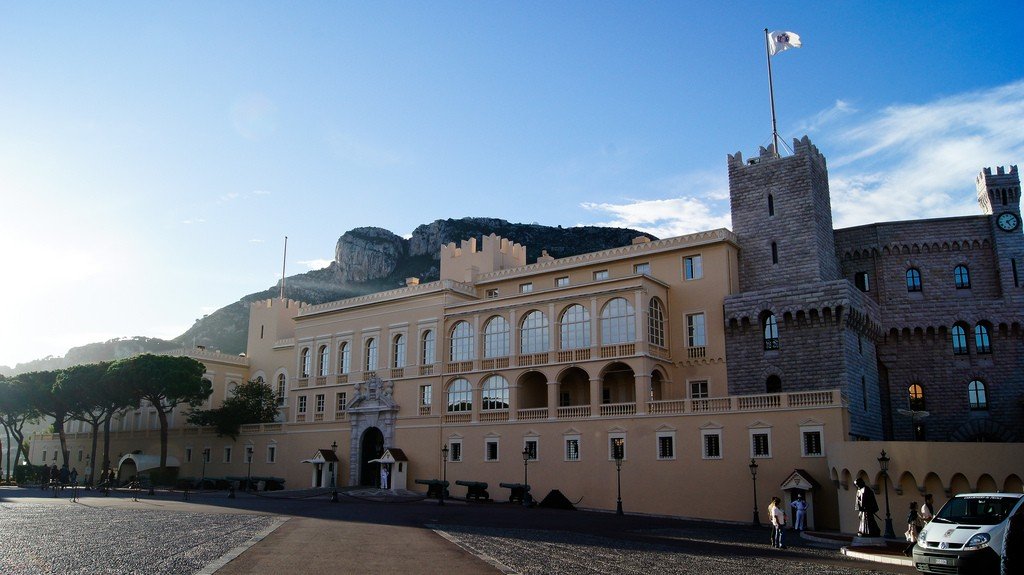
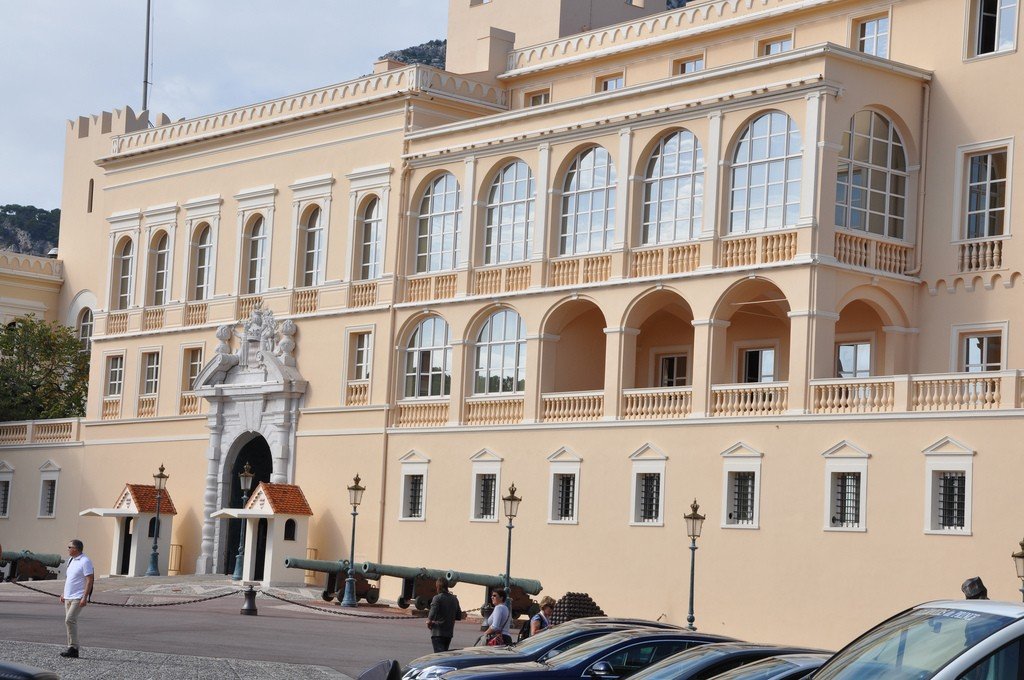
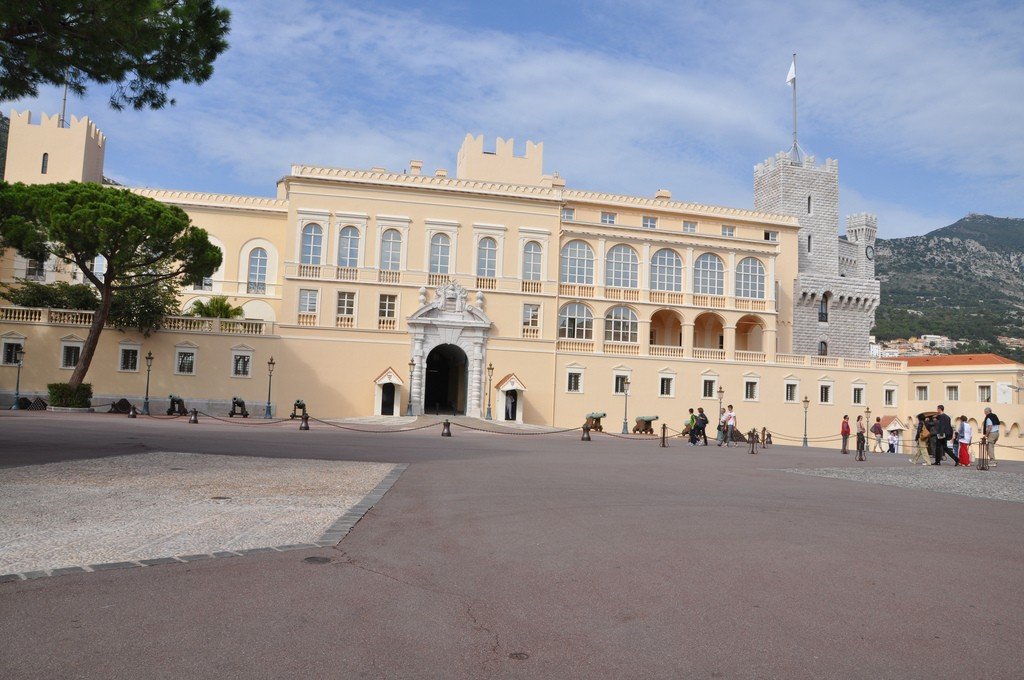
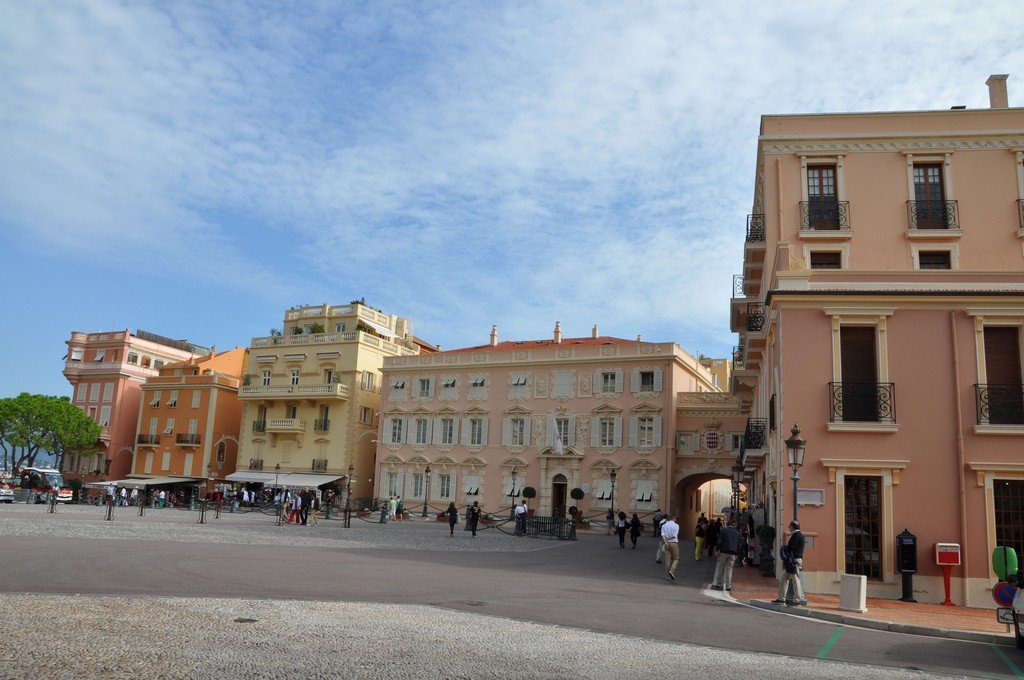
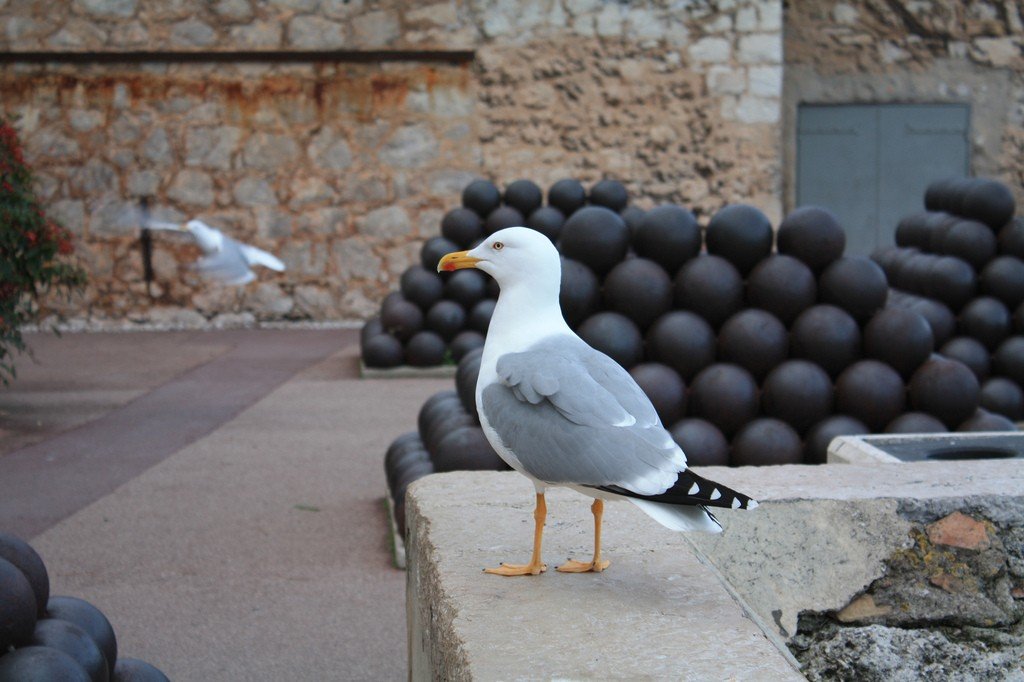
What to see
In plan, the palace is an irregular rectangle with an inner courtyard. Facing the sea, the central facade of the palace faces the square, where guard booths and cannons stand. On the sides of the facade are four square watchtowers with jagged edges, which remain from the Genoese fortress. The flag flying at the top of the tower of St. Mary announces that the prince is in the palace. Above the white stone portal is the coat of arms of Monaco in bas-relief.
.
Tourists are allowed to visit only the front part of the building. And only during the summer, because the rest of the time all these rooms are used for their intended purpose.
.
Visitors entering the courtyard are greeted by a calm and solemn beauty. The walls of the galleries are decorated with frescoes depicting mythological characters. Experts from the restoration department of the Louvre in Paris worked on their restoration in the second half of the XX century. Snow-white marble staircases, polished stone floor with patterns, wide and bright courtyard leave a feeling of restraint and splendor at the same time. At the back of the courtyard is the palace chapel of St. John the Baptist, which dates back to the 17th century. On its facade you can see frescoes with scenes from the life of St. Devota. Since 1959, musical concerts have been organized in the courtyard in summer. They were initiated by Prince Rainier III, a music lover and connoisseur. The trapezoidal shape of the courtyard provides excellent acoustics.
.Adjoining the south wing is a staircase of Carrara marble, which externally resembles the famous staircase of the Fontainebleau Palace. It was built in the 17th century. The staircase leads to the Hercules Gallery, which is decorated with 17th century frescoes depicting the exploits of Hercules and other mythological heroes. The frescoes were created by Claude Vignon and the Genoese master Orazio de Ferrari. In the same wing is the Mirror Gallery, followed by an enfilade of ceremonial apartments, which were intended for the ceremonial receptions of foreign rulers. The Blue Salon (Salon Bleu) with a set marble floor is used for official receptions: its walls are covered with blue silk darning wallpaper. The gilded Italian furniture dates back to the 19th century. The throne room is used for the swearing-in ceremony of the highest officials of Monaco, as well as for official events concerning the princely family. Above the Empire-style throne is the coat of arms of the House of Grimaldi, whose motto in Latin reads “With God’s help” (Deo Juvante). The frescoes, by Orazio de Ferrari, depict Alexander the Great and the signs of the zodiac. One of the rooms bears the name of Cardinal Mazarini in memory of the fact that in 1777 Prince Honoré IV married Louise d’Aumont-Mazarini, descended from the Cardinal’s own niece Hortensia Mancini.
.The palace also houses several museum collections. The Musée des Souvenirs napoléoniens (Napoleon Museum) displays more than 1,000 objects and documents that preserve the memory of the French emperor, including Napoleon’s clothing and personal effects. The museum also houses Monaco’s state archive – medals, maps, antique engravings and drawings depicting the principality.
.
In a special room built at the foot of the cliff, there is a museum of antique cars, based on the collection assembled by Prince Rainier III. The oldest exhibit in the museum is a 1903 De Dion-Bouton. In addition, cars from the 20s and 30s and American luxury cars produced after World War II can be seen there.
Every day at 11:55 a.m., the changing of the guard ceremony begins in front of the entrance to the palace, in the palace square surrounded by a battery of Louis XIV-era cannons. Carabineers in ceremonial uniforms (dark in winter and light in summer) perform a ritual that has not changed in over a century.
.
Practical information
Opening hours are April 10.30-18.00, May-September 9.30-18.30, October10.00-17.30. The ticket office closes 30 minutes earlier.
Price: entrance fee: 7 euros, children (8-14 years old) and students – 3.50 euros.
.Address: Monaco, Monaco-Ville, Palais Princier.
.